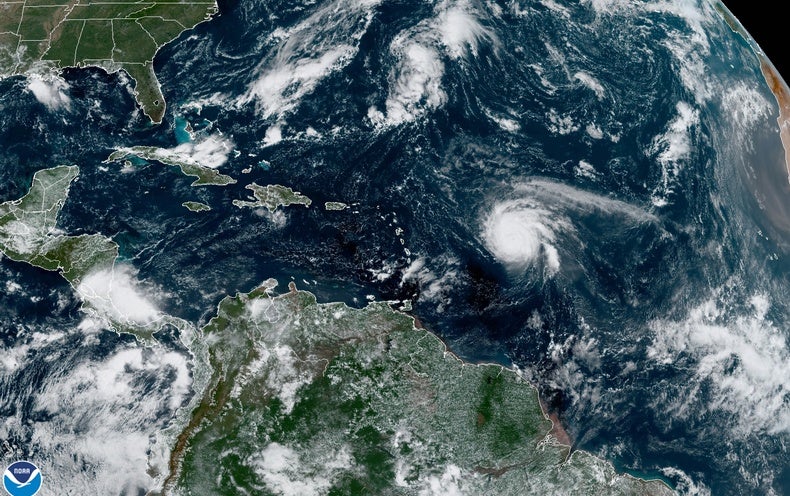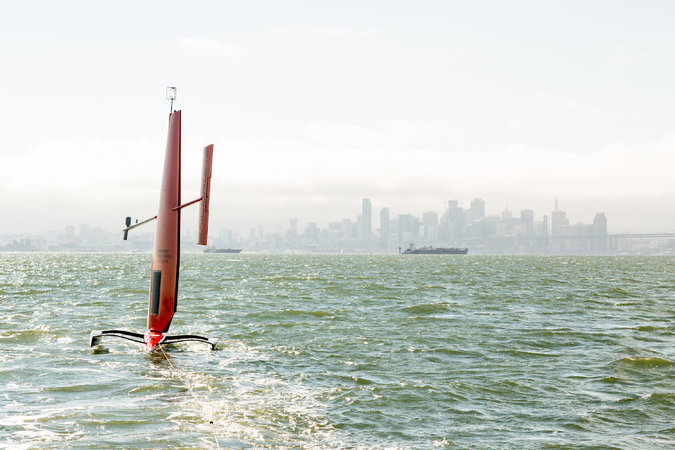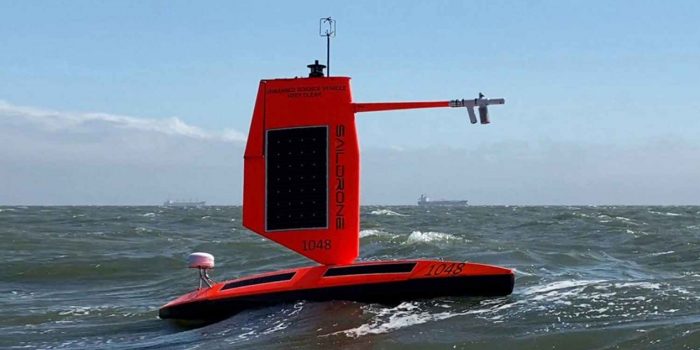An ocean-going robotic ship has captured a sea-level view of conditions within a significant hurricane for the first time.
The National Oceanic and Atmospheric Administration (NOAA) and Saildrone Inc. have been operating a fleet of five “hurricane” sail drones in the Atlantic Ocean during hurricane season, gathering data to help comprehend the giant storms.

According to NOAA, one of them, SD 1045, recorded crucial data from Hurricane Sam despite 50-foot seas and winds of more than 120 mph. Researchers will explore how hurricanes evolve and why some storms strengthen so quickly with the use of these drones, which will help them improve storm forecasts.
As the severe conditions toss the drone, this video from within the hurricane reveals the gigantic waves formed by Hurricane Sam.
A second clip shows the drone’s location inside the storm as it records.
“Rapid intensification, when hurricane winds strengthen in a matter of hours, is a serious threat to coastal communities,” Greg Foltz, an oceanographer at NOAA, said. “New data from sail drones and other uncrewed systems that NOAA is using will help us better predict the forces that drive hurricanes and be able to warn communities earlier.”
Saildrone Inc., a California-based firm, developed the vehicle after releasing a fleet of five research drones in the Atlantic Ocean during hurricane season. The Explorer is equipped with a “hurricane wing,” which the company claims allows it to sail in rough, open ocean conditions.
The data from the drone will be sent directly to NOAA’s Pacific Marine Environmental Laboratory and the Atlantic Oceanographic and Meteorological Laboratory.

“Saildrone is going where no research vessel has ever ventured, sailing right into the eye of the hurricane, gathering data that will transform our understanding of these powerful storms,” Richard Jenkins, Saildrone’s founder and CEO, said in a statement.
Hurricane Sam is storming across the Atlantic Ocean, and while the storm’s route is predicted to avoid the Atlantic coasts of the United States and Canada, the region might be hit with severe winds and rain in the following days.


